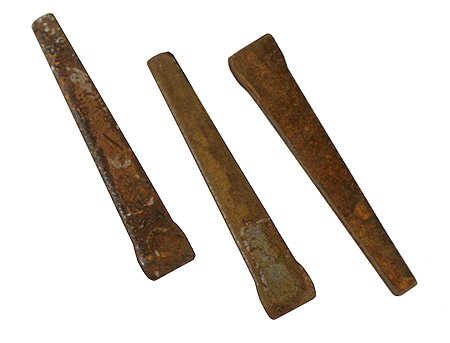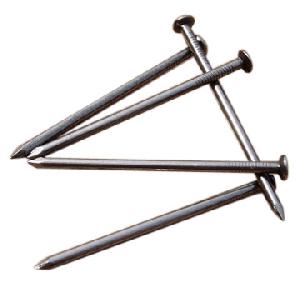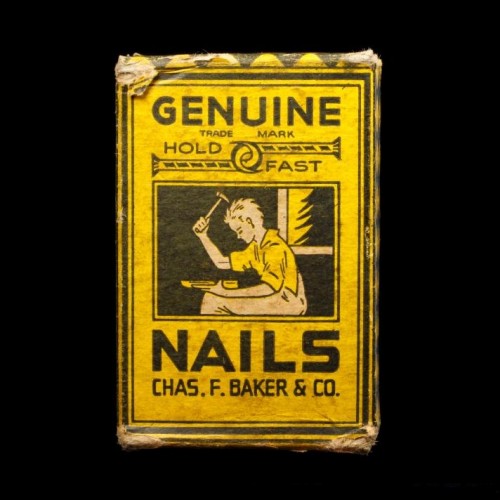Unless they get one in their car tire I am willing to bet that the average person does not spend a lot of time thinking about nails. I actually do think about nails quite a bit, but then again I am a structural engineer who, for years, has specialized in timber construction.
But how long have nails really been around? Bronze Age (approximately 3000 BC) nails have been found in Egypt and there are several famous references to nails in the Bible. Evidence has shown the Romans mass produced hand wrought nails to speed along fortress production as they conquered more and more territory. Archeologists found seven tons of Roman nails at the fortress of Inchtuthil in Perthshire.
It was common for American colonist families to hand cut and shape their own nails as an evening chore due to the complete lack of commercially produced English nails. Nails were often used for bartering and it was not uncommon for a family to burn down their home so they could collect the nails before they moved on to another home. Thomas Jefferson was known to proudly proclaim himself as a nail maker by trade. It wasn’t until the late 1700’s that the commercial nail cutting machine was invented. This allowed the US to surpass England as the world’s largest supplier of nails. Like the handmade process, these machines would simply cut square shaped nails from flat metal plates. During the Industrial Revolution technology had advanced enough that machinery could draw steel into uniform wires for use in industrial manufacturing. It was then that the modern round wire nail was born.


Today, nail sizes are referred to in penny weight. Classifying nails by size according to price has been common practice since the 1400’s in Medieval England. It was there that nails were typically bought by the hundred. Larger nails would weigh and cost more per hundred. Thus larger nails might cost sixteen pennies per hundred as opposed to a smaller nail that might cost eight pennies per hundred. Today, a sixteen penny common wire nail is a typical nail used in residential construction. For example a sixteen penny nail is written as 16d. The “d” is a medieval English reference to the Latin name for Roman coins, denarius. Modern nails start at 2d at the smallest and end with the largest being 60d.






